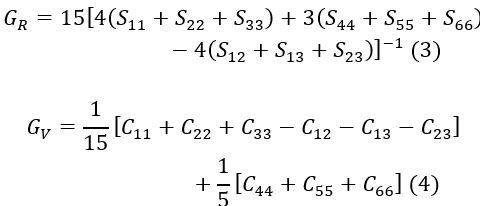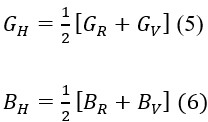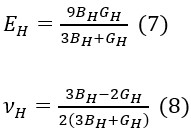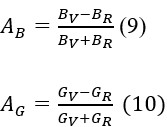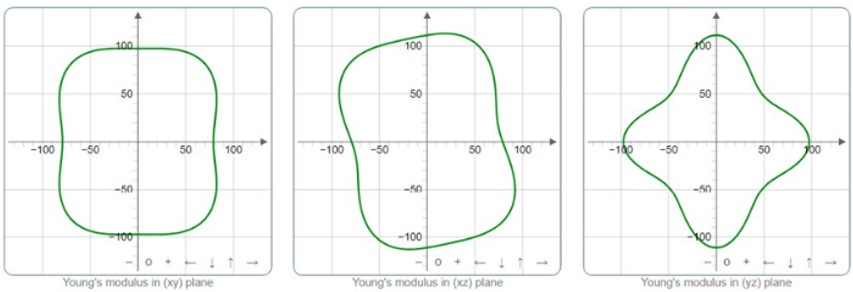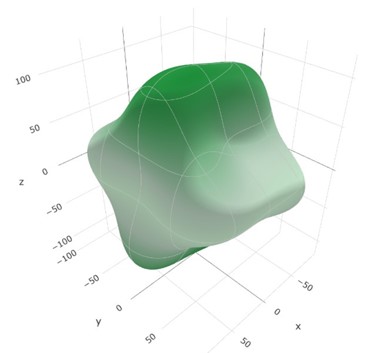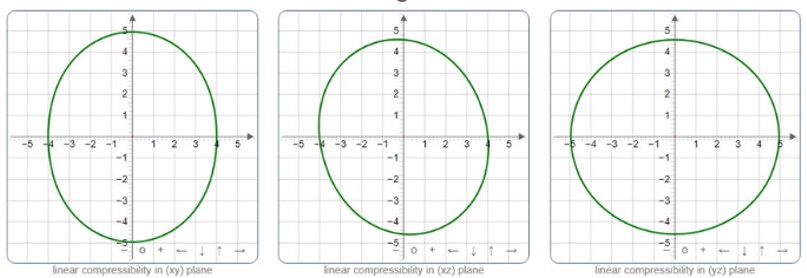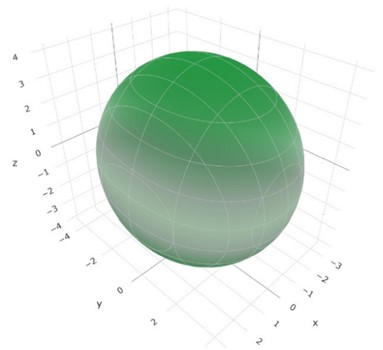Ab-initio Investigation of Elastic Properties of Monoclinic ZnAs2 Crystal
Rajpurohit S1*, Sharma G2
DOI:10.61343/jcm.v1i02.34
1* S Rajpurohit, School Of Science And Technology, Vardhman Mahaveer Open University, Kota 324010, India.
2 G Sharma, Department of Pure and Applied Physics, University of Kota, Kota 324005, India.
Elastic properties of monoclinic ZnAs2 crystal are studied under the PBEsol scheme using the CRYSTAL Program. Independent elastic stiffness coefficients have been computed. Various elastic properties, such as shear modulus, bulk modulus, Young’s modulus and Poisson’s ratio have been analyzed. The directional dependence of the computed Young’s modulus and linear compressibility is studied using ELATE software. Our investigation reveals the finite elastic anisotropy of the monoclinic ZnAs2 crystal.
Keywords: ZnAs2, Ab-initio, Elastic properties, Elastic anisotropy
| Corresponding Author | How to Cite this Article | To Browse |
|---|---|---|
| , , School Of Science And Technology, Vardhman Mahaveer Open University, Kota 324010, , India. Email: |
Rajpurohit S, Sharma G, Ab-initio Investigation of Elastic Properties of Monoclinic ZnAs2 Crystal. J.Con.Ma. 2023;1(2):128-132. Available From https://jcm.thecmrs.in/index.php/j/article/view/34 |


 ©
© 
